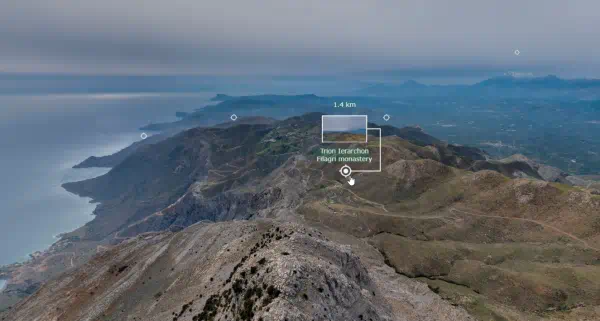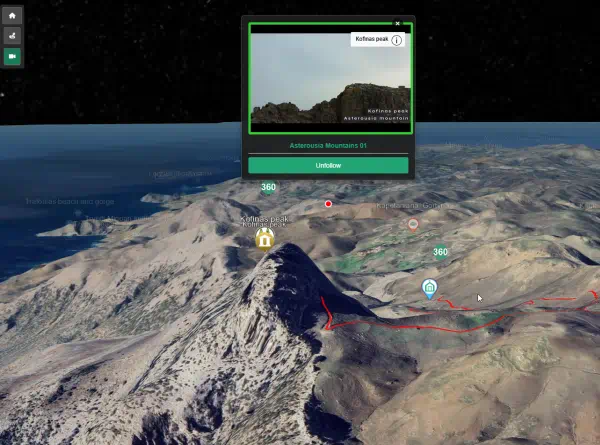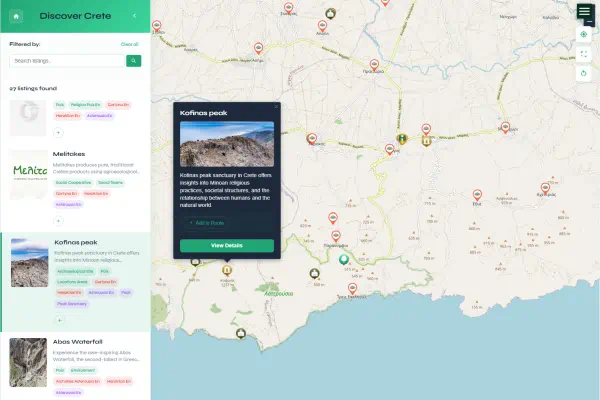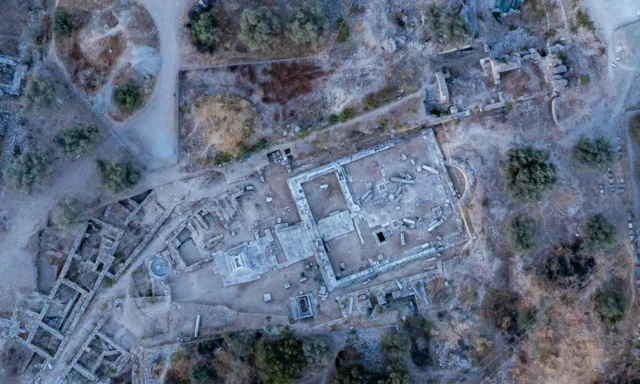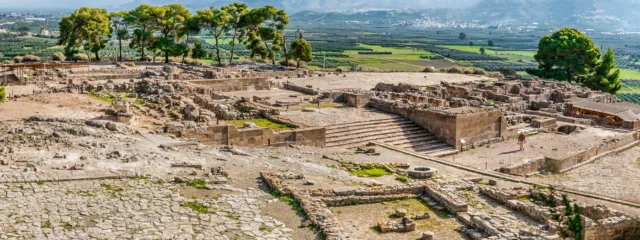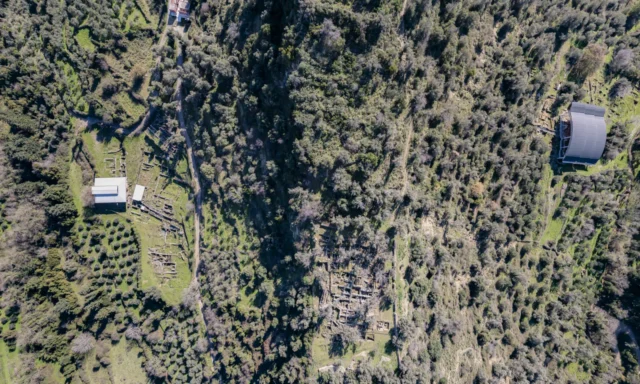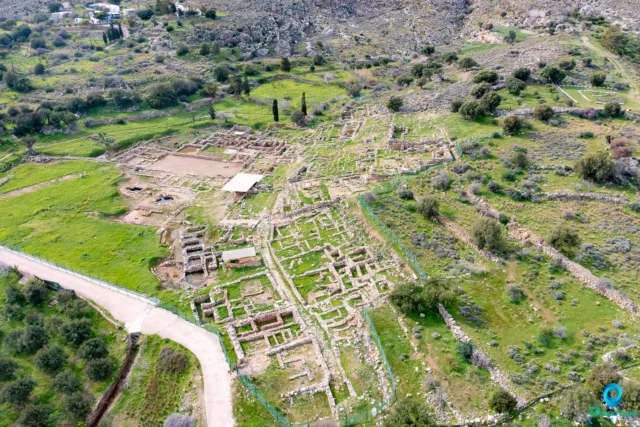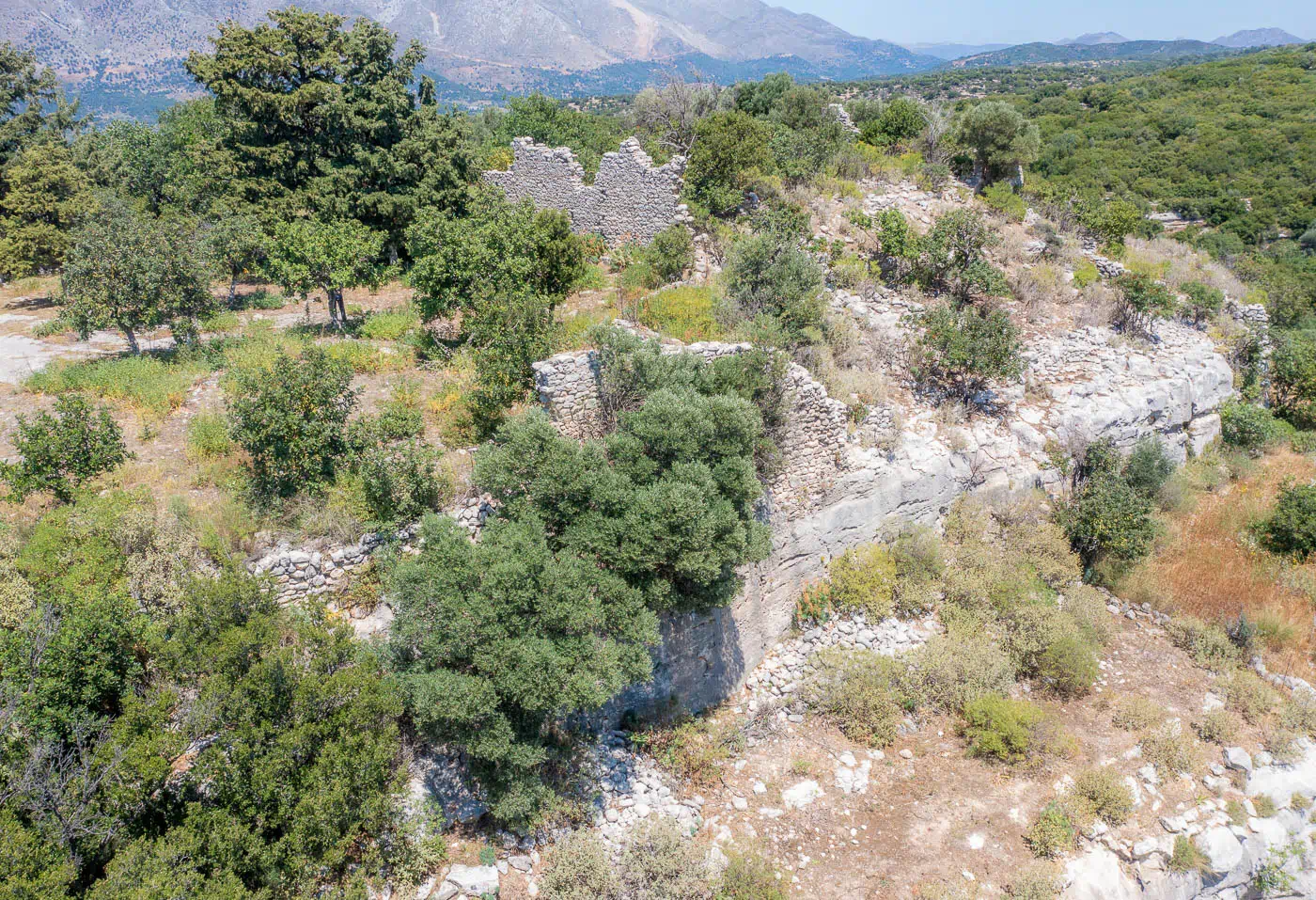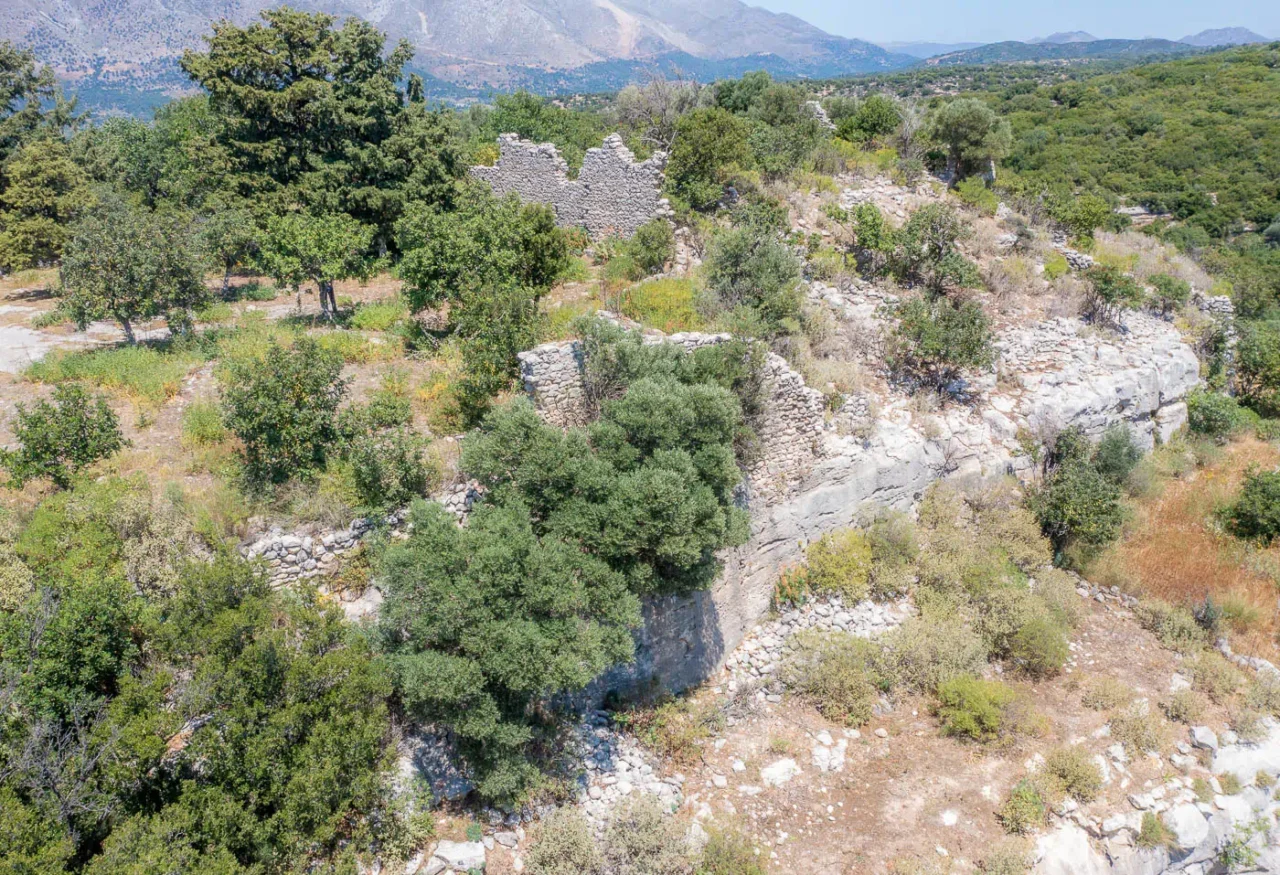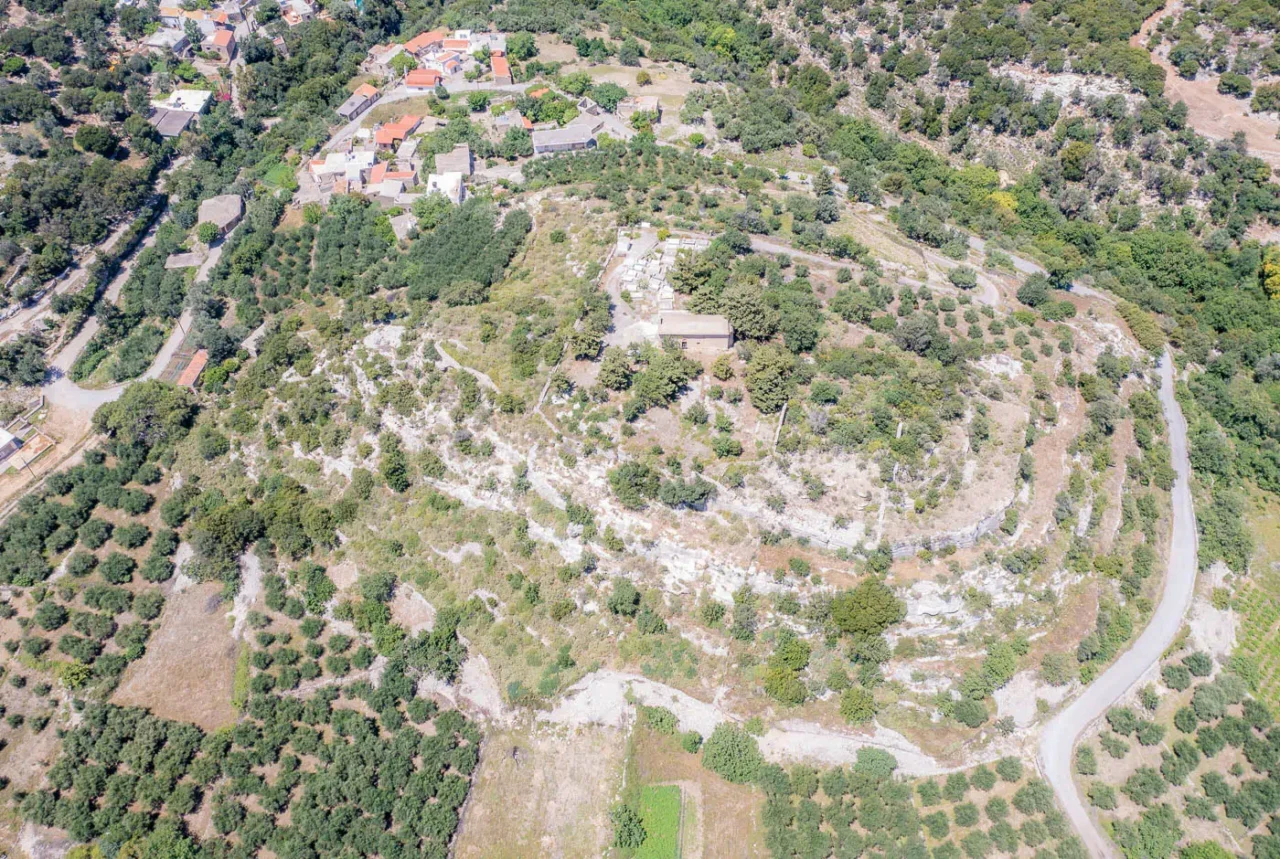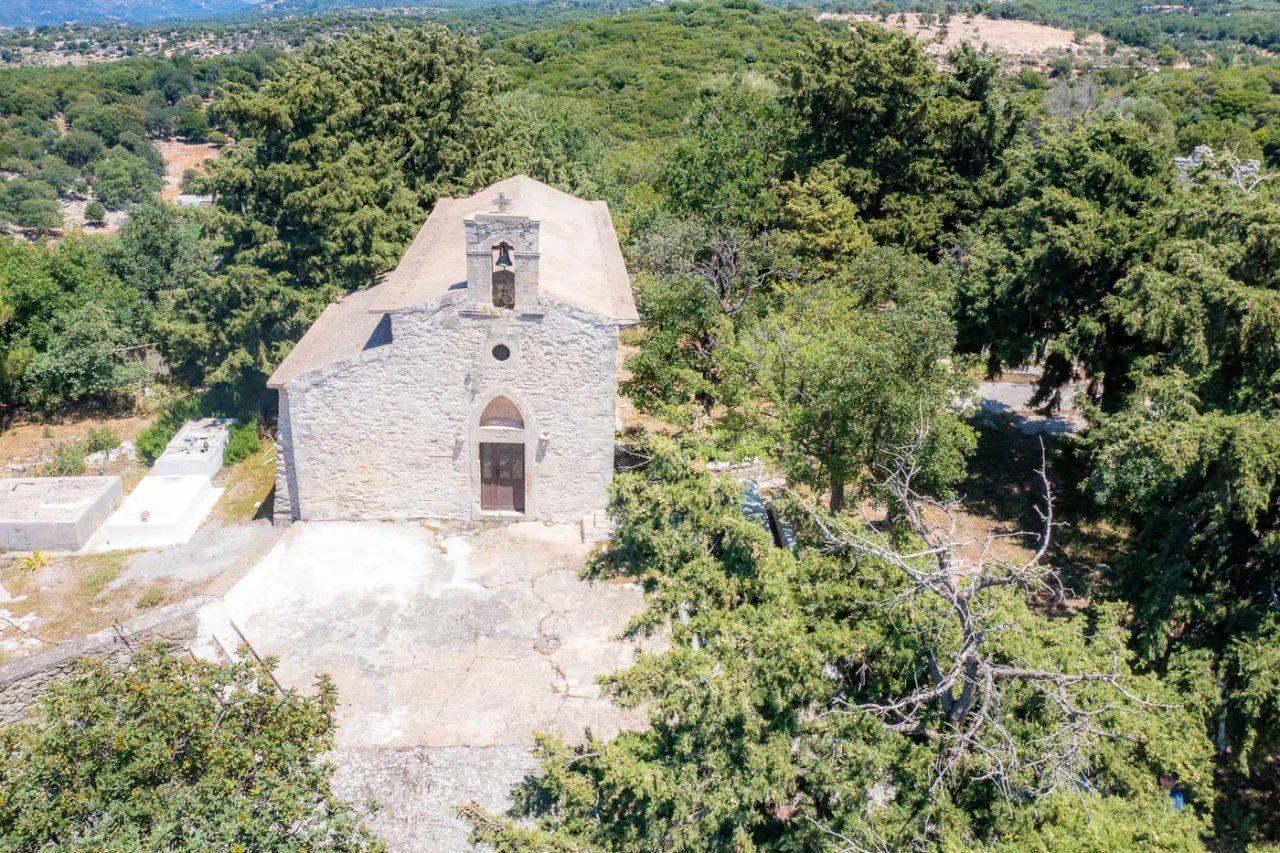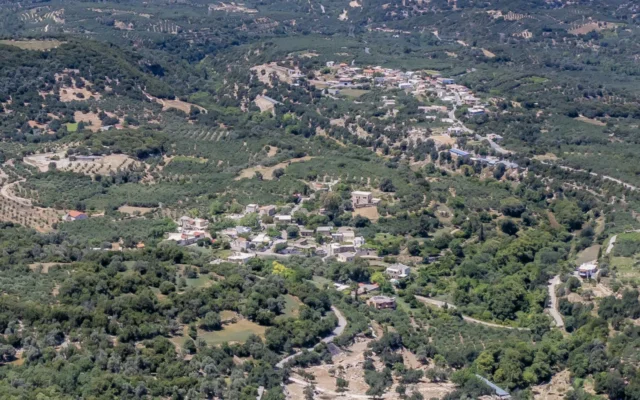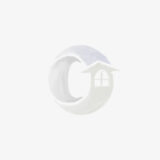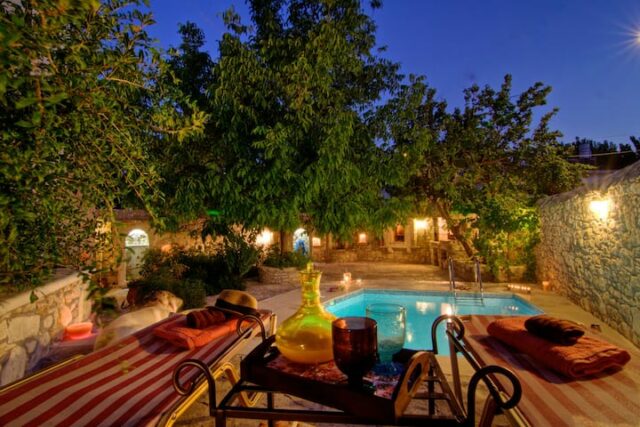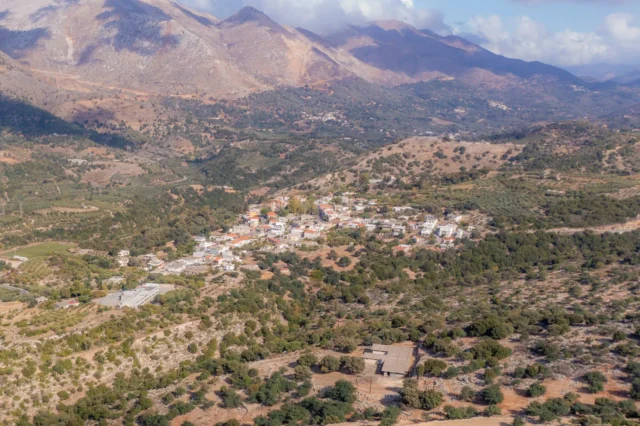High above the modern village of Kastri in Mylopotamos, Crete, stand the ruins of a formidable Venetian-era fortress, once the nerve center of a great Cretan rebellion. Known locally as Panokastri or the Koules of Mylopotamos, this strategic stronghold offers more than just a glimpse into the island’s turbulent past; it tells the story of the powerful Cretan lord, Alexios Kallergis, and his relentless struggle against the Republic of Venice.
Historical Significance
Alexios Kallergis and the Great Rebellion
The fortress at Kastri owes its significance to one of the most prominent figures in Cretan history, Alexios Kallergis. For nearly two decades, from 1282 to 1299, he led a fierce and sustained rebellion against Venetian rule. During this long uprising, the village of Kastri became his headquarters. It was more than a mere village; Kallergis transformed it into a miniature state. From this fortified position, he organized his resistance, commanded his troops, and administered his territories, creating a bastion of Cretan defiance. The imposing castle, parts of which still stand today, was the heart of this rebel state, a symbol of the fight for Cretan autonomy.
The protracted conflict eventually concluded with the historic Treaty of 1299. This treaty, a testament to the strength and perseverance of Kallergis, was remarkable. Unlike most failed rebellions that ended in suppression and execution, this agreement granted Kallergis significant privileges, including titles of nobility, the right to maintain his own troops, and the unique right to have an Orthodox bishop consecrated for the region—a major concession in the Latin-dominated island.
Architectural and Symbolic Features
The fortress complex at Kastri was a well-defended settlement. It consisted of the main village, a lower village (Kato Kastri), and the acropolis, or Panokastri (“Upper Castle”), which was enclosed by a strong defensive wall that remains visible today.
At the heart of the fortress stands the Church of Panagia. This church is not only a place of worship but also a historical document carved in stone. On the exterior of the eastern wall, above the sanctuary, one can still see the coat of arms of the Kallergis family. The emblem features diagonal bands, which are said to symbolize the moats of conquered castles. The presence of these coats of arms here underscores the family’s power and their deep connection to this stronghold. The church now serves as the village’s cemetery chapel, a quiet place of remembrance.
The Legacy of Agnes Kallergis
The personal history of the Kallergis family is deeply intertwined with Kastri. Alexios Kallergis’s only legitimate daughter, Agnes, was born and spent much of her life here. Her will, dated February 9, 1331, provides a fascinating window into the life of the Cretan aristocracy of the era.
In her will, Agnes left a significant sum to the Bishopric of Mylopotamos, where her illustrious parents, Alexios Kallergis and Irene Skordyli, were buried. This bequest was intended for Bishop Makarios to hold memorials in her name, confirming that the treaty’s clause allowing for an Orthodox bishop was indeed honored. The document reveals details of her life, her marriage to the Veneto-Cretan noble Jacopo Cornaro, and her deep roots in Kastri. Agnes passed away shortly after drafting her will, but her legacy, preserved in the Venetian archives, adds a personal and human dimension to the epic history of her father’s struggle.
The Site Today
Today, Kastri is a quiet village, its population having dwindled over the centuries. Yet, the ruins of the fortress and the enduring Church of Panagia serve as powerful reminders of its glorious and defiant past. The remnants of the castle walls, overlooking the Mylopotamos valley, continue to evoke the spirit of Alexios Kallergis, the indomitable lord who dared to challenge the might of Venice from his Cretan mountain stronghold. Efforts are ongoing to preserve this vital piece of Cretan heritage for future generations.
The Church of Panagia Panokastriani
Within the Koules complex, the Church of Panagia Panokastriani stands as a symbol of the Kallergis family’s legacy. The church’s architecture features their coat of arms, a reminder of their influence and power. Today, the church serves as the village’s cemetery chapel, a place of reverence and remembrance.
Fortifications: Key Points
- Construction Period: 12th century
- Location: Kastri village, Mylopotamos, Crete
- Historical Significance: Venetian stronghold, Kallergis family rebellion
- Current Status: Ruins, undergoing preservation efforts

